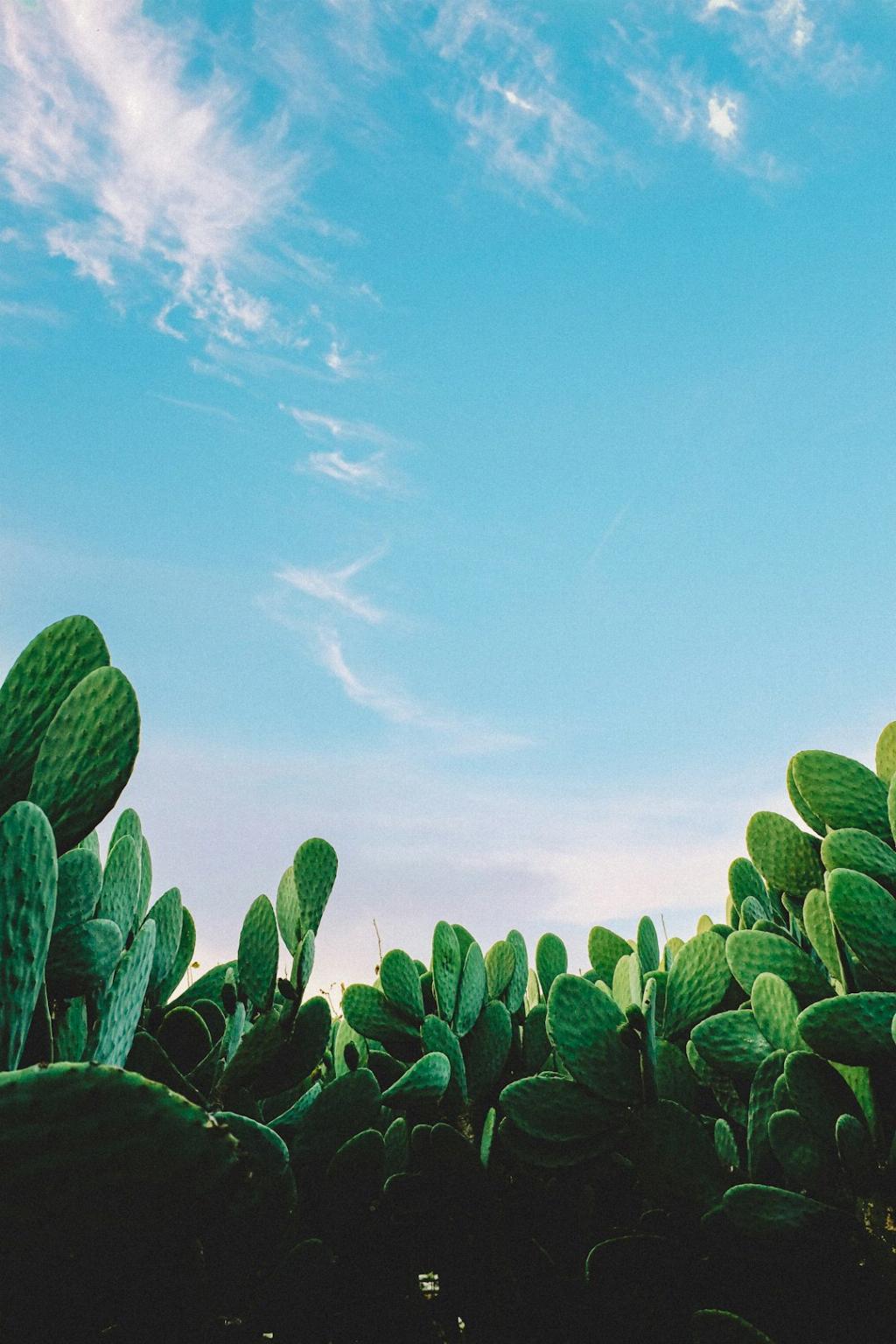Estimating the age of a cactus can be quite challenging due to the lack of annual growth rings that are present in trees. Unlike trees, cacti do not have visible rings that indicate their age, making determining their precise age a complex task.
Various factors contribute to the growth rate of a cactus, including rainfall, soil conditions, and exposure to sunlight. These elements can significantly influence how quickly a cactus grows, making it even more challenging to accurately determine its age.
One type of cactus that is particularly challenging to age is the saguaro cactus. These iconic cacti can grow to impressive heights, with the tallest saguaro ever recorded reaching a towering 78 feet before falling down in 1986.
In the vast expanse of a park like Saguaro National Park, pinpointing a specific saguaro as the tallest in the area is a difficult task. The sheer number of these majestic cacti makes it hard to single out one individual as the tallest among them all.
Researchers and scientists rely on long-term scientific studies, photographic records, and other data to help estimate the age of saguaros. By compiling and analyzing this information, experts can make educated guesses about the age of these unique cacti.
Despite the challenges involved in determining the exact age of a cactus, there are some methods that experts use to estimate their age. One common approach is to measure the height of the cactus, as saguaros grow at a relatively predictable rate of about 1-1.5 inches per year.
Another technique used to gauge the age of a cactus is to examine its overall size and structure. Older cacti tend to have more arms or branches, so counting the number of arms on a cactus can provide clues about its age.
Additionally, studying the condition of the skin or bark of a cactus can offer insights into its age. Older cacti often have rougher, more weathered skin, while younger cacti may have smoother, more vibrant-looking skin.
Examining the location of a cactus can also provide clues about its age, as cacti tend to grow relatively slowly in harsh environments with limited resources. Cacti that thrive in more favorable conditions may grow at a faster rate, potentially making them younger in age.
While these methods can provide rough estimates of a cactus’s age, it’s essential to remember that accurately determining the age of a cactus remains a challenging and imprecise task. The unique growth patterns and environmental influences on cacti make pinpointing their exact age a complex endeavor.
Ultimately, the age of a cactus may remain a mystery in many cases, adding to the allure and mystique of these resilient desert plants. The beauty and resilience of cacti lie not just in their age, but in the stories they hold and the environments they thrive in over time.

